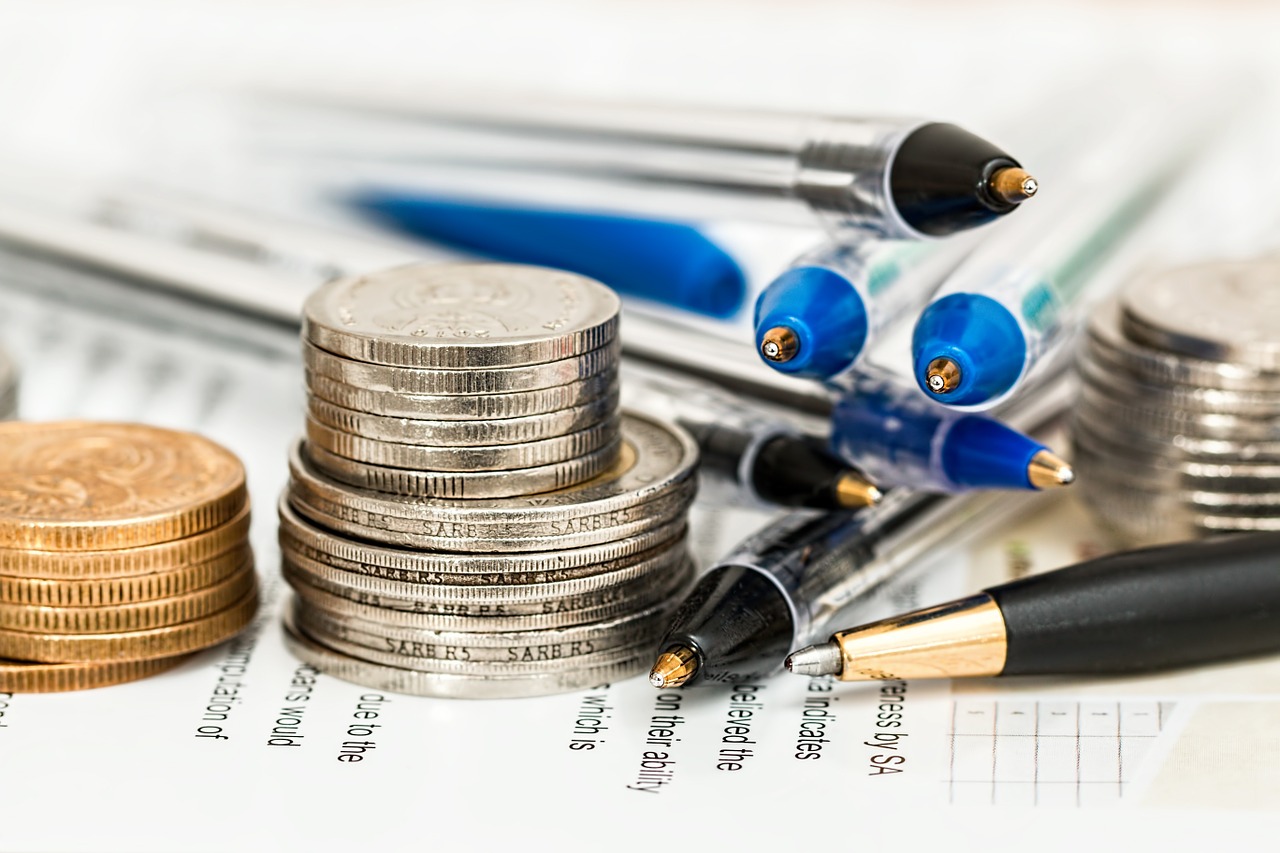
As the New Year approaches, talk turns toward the future. For many, pessimism reigns supreme. Even so, there are some bright spots: the world economy, the American economy in particular, has had a year worth celebrating. The future is less certain, but still not as worrisome as it may appear.
This has been a year to remember, which is remarkable considering how few people realize it now. Though it has been overshadowed by political events, the economy is at one of the strongest points it has ever been. In the words of Andy Bernard from “The Office,” “I wish there was a way to know you were in the good old days before you actually left them.”
Make no mistake: these are the good old days and this will be a year to remember for the American economy. In the same way that we talk about how 2005 was a joyous period before the last recession, or how we refer to the Roaring Twenties before the Great Depression, if there is another recession on the horizon, then we will talk about 2015 in the same way.
Despite a dip in August and September, this year, the S&P 500 has reached its highest point ever and is still going strong. The same is true of both the Dow Jones Industrial Average and the NASDAQ as a whole. Unemployment is at 5.5 percent and is dropping consistently. Low gas prices are boosting the economy, even if they do cause headaches for producers. All signs point to these optimistic trends continuing, at least in the short term.
Certainly, good times can’t last forever. The discussion has turned to what will cause the next downturn. The most obvious possibility is debt, similar to how the last recession was caused by the bursting of the housing bubble. The Federal Reserve is lined up to raise interest rates in December, which could make lending more attractive and in turn cause others to upwardly adjust the interest rates they expect. This has a slim potential to spell disaster. The rate increase is probably not going to be much more than a quarter of a percent or so, which means that any disasters would only, at best, be accelerated by this action, not created because of it.
A more likely possibility is that any new calamities will come from outside America. This year has revealed deep weaknesses at the heart of the world economy. China, for instance, is no longer seen as the standard-bearer of growth it once was. Similarly, the European Union is showing political cracks that could create economic problems in the future.
Overall, the risks are not as large as they may appear. It is easy to be cynical because there will always be problems to validate our trepidation, but talk of being “overdue” for another recession is a waste of time. Economic downturns are not set to any clock. Calamity could strike tomorrow or in 10 years, but that doesn’t mean it has a deterministic schedule.
Andrew Langen is a junior majoring in economics and math.





